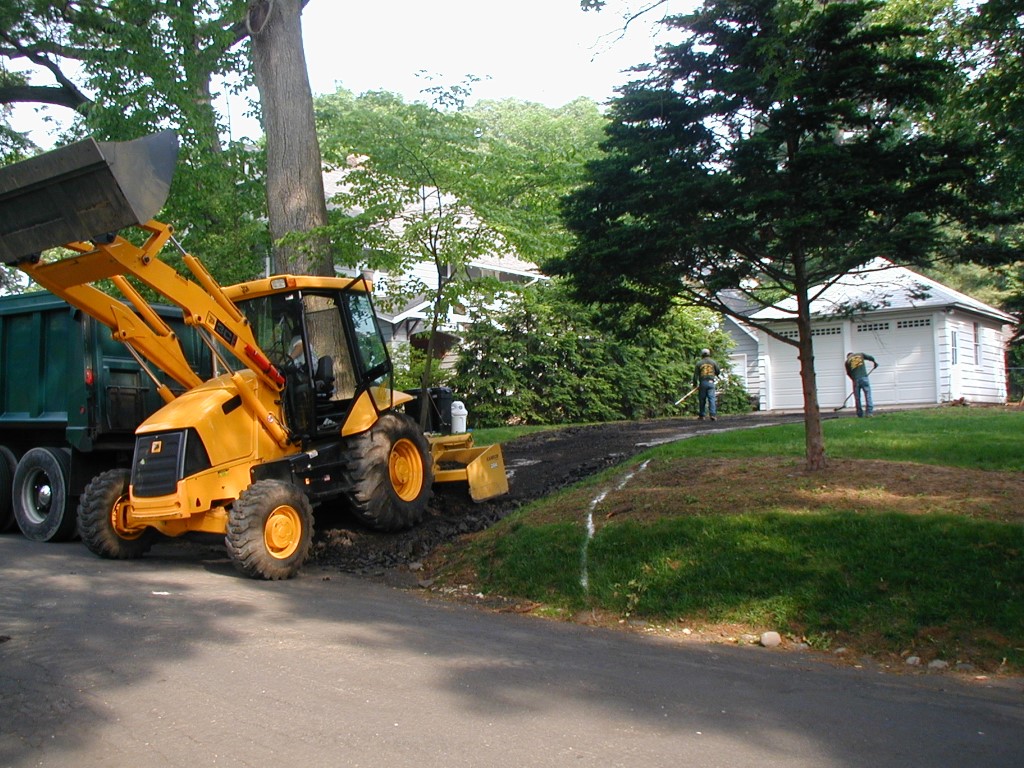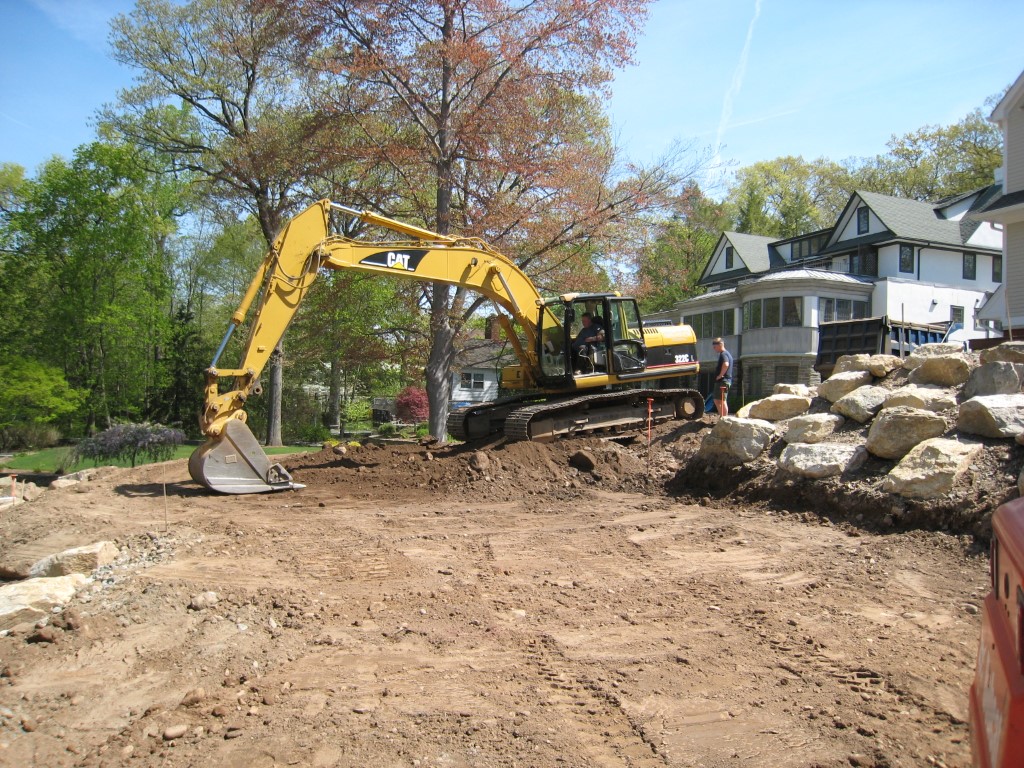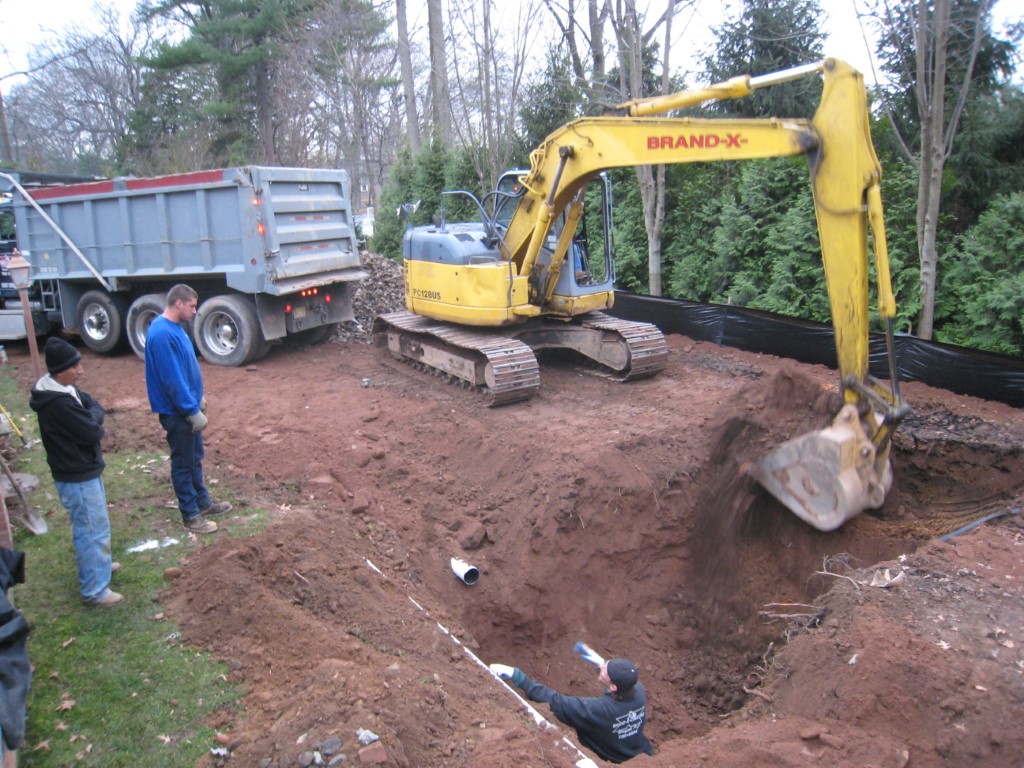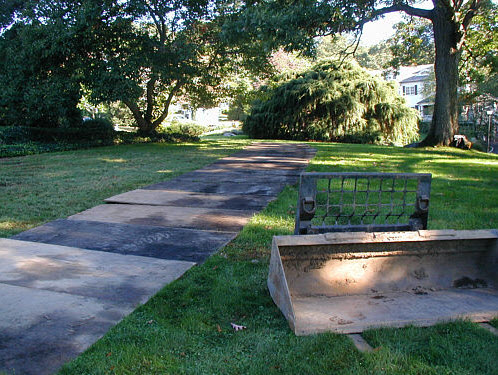We are losing trees everyday to construction damage.
For the most part, people are simply not aware of the different ways construction impacts trees.
If we think of damage at all, it usually means the obvious such as hitting the trunk or breaking a branch. However, many construction activities that happen near and around a tree can have an adverse affect as well.
Proactive Planning Saves Trees
With research we have come to understand the complexities of how plants live. We know how every aspect of their environment is linked to their health.
Sound familiar? They are living things – just like us.
With this knowledge and understanding we can make decisions and do things proactively to protect trees.
Imagine this scenario. A new home is planned on property that has beautiful, existing trees.
The homeowner and architect both appreciate the value of the trees and want to consider how they can be integrated into the overall plan.
Yes, some must be removed, but by considering the trees’ well-being right from the planning stage, steps can be taken to protect select ones. This seems so logical, yet it’s rarely done.
From the homeowner’s perspective, and to be fair, it’s often a matter of just not knowing.
However, when it comes to those “professionals” who are planning and doing the work, we need to see more interest in protecting our trees.

One argument is that this “concern for the trees” adds to the costs.
It’s been my experience that when you advise people on the value of their trees and how important it is to take these proactive steps, they often go along with your recommendations.
Many of these steps to protect trees add very little cost – they just require more care in how the construction work is done.
Things You Can Do To Protect Your Trees
The simplest step you can take is to stay as far away as possible from the tree(s). The surrounding ground represents a balanced environment of soil layers and roots.
Setting up a temporary fence, stakes or markers can really help as reminders to “stay back”.
If construction traffic must go near the trees and root zones, use a thick layer of wood chips and/or plywood to make a protective road.
Construction often means re-grading an area near existing trees and other plants. Realize that disturbing and changing existing grades can impact drainage, a major aspect of plant health.
Adding soil over the existing level around a tree can hurt the tree too.
Being aware and taking steps to mitigate these problems by using drainage tactics, retainment walls and other means can make the difference in the plants’ survival.
Tree Damage Beyond the Obvious
All living things, including plants, have complex systems. Damage to these systems can come from different sources and affects.
The heat from construction equipment can damage plants. Vapor and over-spray from cleansers and other solutions can hurt plants.
These substances can even be taken into the plant’s system through leaves, stems and roots.
If you remove some trees and plants from an area it will likely change the environment for those remaining.
More light and wind will come in; perhaps even erosion will occur. Just pruning and thinning out trees can also cause more light and wind to enter an area.
A major landscape project with grading, construction and planting can impact existing trees and plants big time.
The installation of an automatic sprinkler system will undoubtedly change moisture levels in the ground. If these existing plants are not acclimated to this moisture change, it could have an adverse affect on them.
There is a lot to consider when doing construction near existing trees and plants. The intrinsic value of their beauty and contribution to the environment makes it a no-brainer IMO.




Gina
We have a 30’+ Spruce in the center of our landscape . The roots are exposed and in order to get across the property we are walking among the exposed roots. What is the best thing we can do for the tree as far as soil amending and protecting the roots from damage.
The tree is located on a slight incline and concerns for runoff of loose material is a concern.
Roger
Gina,
I really should see the situation to give a recommendation.
What’s on the ground now? Is it lawn area or bare ground?
You don’t want to cut or disturb the surface roots that are there. Spruce are very shallow rooted plants.
If it is lawn now (with spruce roots on the surface) and you wish to keep it lawn, you could “lightly” add top soil to around the protruding roots to help blend the surface to be more level – and then reseed.
If the area is mostly bare ground, and lawn is not or can not grow there, then I would cover with a layer (approx. 3″) of shredded, mulch. If it’s an often travelled path, then you could integrate a flagstone path. But I would not excavate or prepare the base of the walk in any way. Simply set the flagstone on the ground using coarse sand or a fine gravel to level each stoen, and then mulch around and in-between the flagstone pieces.